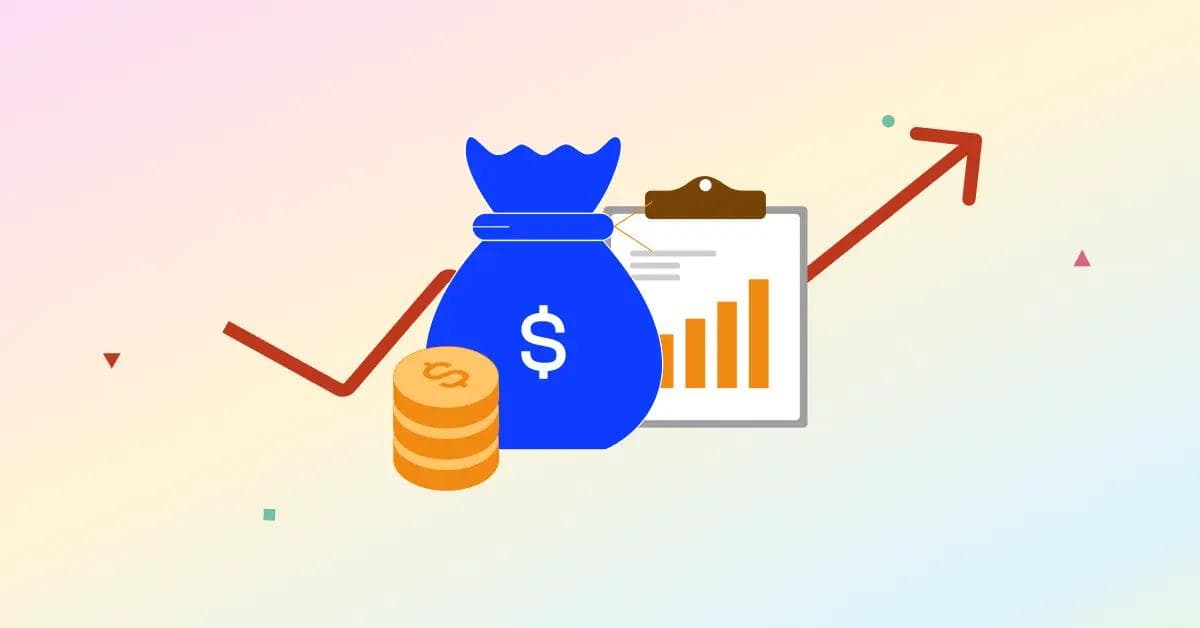
How Much Should Your Amazon Seller Account Make?
Understanding your profit margins is critical when running an Amazon FBA store because it determines your business's health and viability. A healthy profit margin ensures that your store is not only paying its costs but also producing a consistent income. In this post, we'll look at what makes a strong profit margin, what factors influence it, and how to enhance profitability.
How Much Should An Amazon Seller Account Make?
A respectable profit margin for an Amazon FBA store is usually between 15% and 30% after all expenses. However, this value may differ depending on the things you offer, your business plan, and the effectiveness of your operations. Here's a breakdown of typical profit margins:
- Low Profit Margin (Under 15%): This is prevalent among vendors in highly competitive categories or those who sell low-cost products. While low margins can increase sales volume, they give limited room for unanticipated expenses or expansion.
- Most successful Amazon FBA sellers aim for a healthy profit margin of 15% to 30%. It strikes a compromise between competitive price and profitability, resulting in consistent income while covering costs.
- High Profit Margin (30% or More): This is feasible in specialist markets with low competition or for dealers of premium products. Higher margins allow you more room to reinvest in growth.
Important Factors That Affect Profit Margins
1. COGS (cost of goods sold)
The costs associated with creating or acquiring your inventory are referred to as the cost of goods sold. One of the best strategies to increase profit margins is to reduce your cost of goods sold. This can be accomplished by:
- Purchase from reputable vendors at affordable costs.
- Bargain for large discounts.
- Lowering returns and product flaws.
2. Amazon Charges
The various fees that Amazon charges for using its platform might have a big effect on your profit margins. These consist of:
- Referral Fees: A portion of the sale price of your product, often ranging from 8% to 15%, depending on the category.
- Fulfillment Fees: Fees associated with storing, packing, and shipping your products through Amazon FBA.
- Storage Fees: Monthly charges for maintaining stock in Amazon's warehouses; these costs rise for large or slow-moving commodities.
Maintaining profitability requires that you comprehend these fees and account for them in your pricing approach.
3. Shipping Cost
Logistics costs for sellers that manage their own shipment (FBM) can mount up rapidly. Sending inventory to Amazon's warehouses, even with FBA, can be expensive, particularly for large or foreign shipments.
4. Advertising Cost
Although Amazon Pay-Per-Click (PPC) advertisements are crucial for increasing traffic to your listings, improper management of them might reduce your margins. Keep an eye on your Advertising Cost of Sales (ACoS) and make sure your campaigns continue to be cost-effective to optimize profitability.
5. Product Cost
Your profit margins are mostly determined by your pricing strategy. It's important to balance expenses and consumer expectations in order to sell at a competitive price and have a healthy margin.
6. Returns and Refunds
Excessive return rates might reduce your earnings, particularly in industries like clothing or electronics. Refunds can be decreased and profit margins increased by guaranteeing product quality and giving comprehensive descriptions.
How to calculate Your Margin of Profit:
Use the calculation below to determine your profit margin:
[(Revenue - Expenses) / Revenue] × 100 = Profit Margin (%)
Where:
Revenue: The entire sum of money received from sales.
Costs: Consists of COGS, shipping, advertising, Amazon fees, and other expenses.
For instance:
Revenue: $50 per product.
Costs: $30, which includes advertising, COGS, and Amazon fees.
Profit Margin: [(50 - 35) / 50] × 100 = 30.00%
You can use this technique to determine the percentage of your sales revenue that is converted to profit after expenses are paid.
Final Thoughts
Good profit margins are the cornerstone of a successful Amazon FBA store. While aiming for 15% to 30% margins is a solid benchmark, profitability depends on careful management of costs, strategic pricing, and efficient operations. By continuously optimizing your business processes and focusing on high-margin opportunities, you can maximize your profits and build a sustainable e-commerce business.